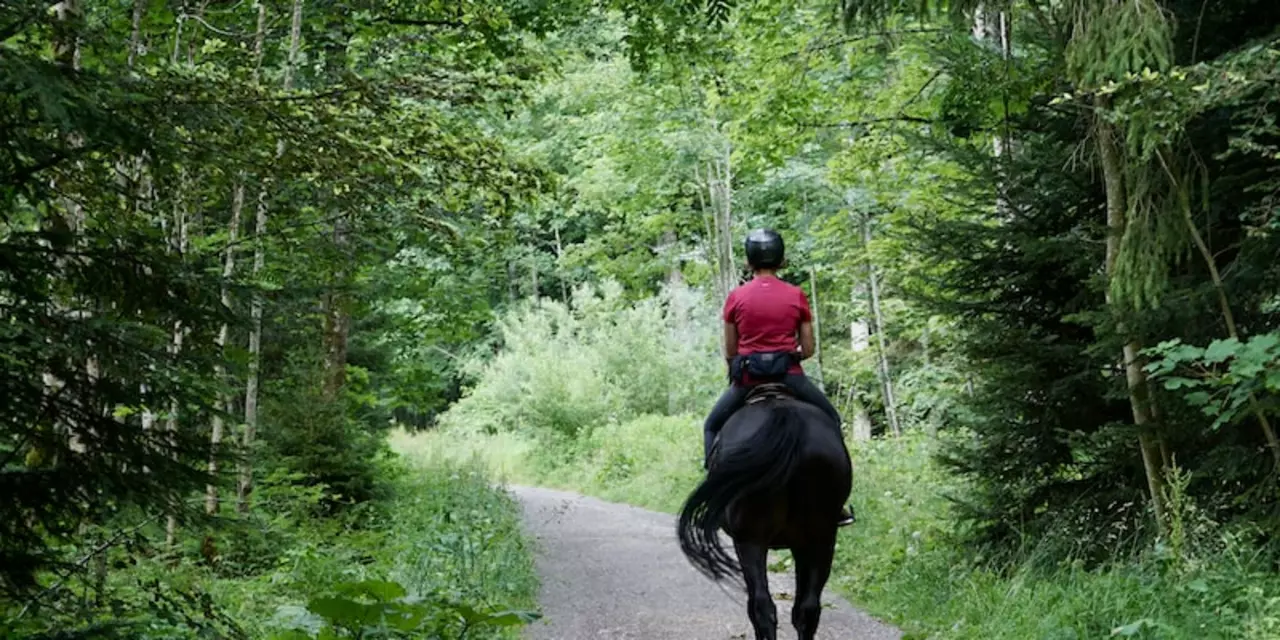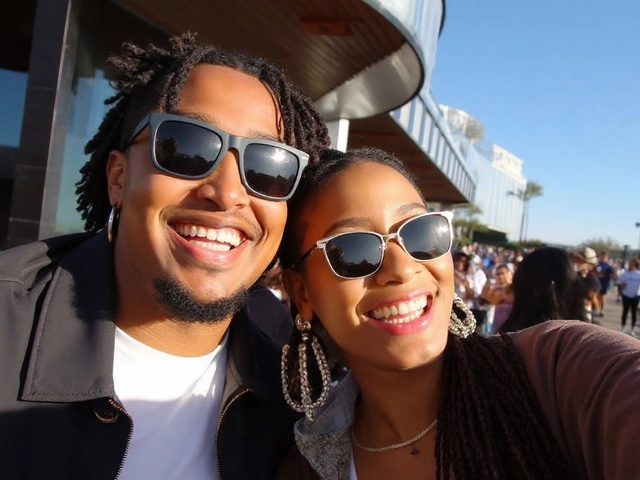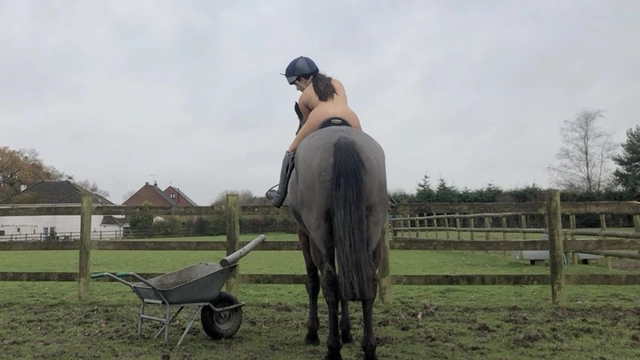What Really Matters When You Ride a Horse
Ever wonder why some rides feel smooth while others leave you sore or worried? The answer isn’t magic – it’s the basics you pay attention to. Below are the top things that make a big difference, whether you’re a beginner or getting back in the saddle after a break.
Gear Up Right – Your Outfit Matters
The first thing most riders overlook is clothing. A proper helmet isn’t optional; it’s the single best way to protect your head if you fall. Pair it with sturdy boots that have a small heel – this keeps your foot from slipping through the stirrup. Tight‑fitting breeches prevent chafing and give you a better feel for the horse’s movements. A well‑fitted saddle and a comfortable pad finish the set‑up. When everything fits, you stay balanced, you’re safer, and you look the part.
Posture, Balance, and Back Health
Good posture starts the moment you mount. Sit tall, keep your shoulders relaxed, and place your elbows slightly bent. This stance lets you follow the horse’s motion without straining your back. After a ride, stretch your hamstrings, shoulders, and lower back. Simple stretches like touching your toes and twisting gently can keep soreness at bay. Staying hydrated and using a supportive saddle also help reduce post‑ride aches.
Beyond gear and posture, know your horse’s limits. A horse with a “Roman nose” or any unique feature isn’t automatically tougher or weaker – genetics shape its look, not its stamina. Check the animal’s hooves, teeth, and overall condition before every ride. A healthy horse translates to a smoother, safer experience for you.
If you’re older or just starting out, don’t let age hold you back. Many riders begin in their 60s and still enjoy the sport. The key is to match the intensity of your lessons with your fitness level. Short, frequent sessions build confidence without over‑exertion. And if you’re returning after a long break, give yourself extra time to re‑learn the basics. Patience beats rushing any day.
Speed isn’t everything either. While a racing horse can hit 70 mph, most riding is about control, not sprinting. Typical riding speeds sit around 5–10 mph, which is still far faster than walking. Knowing how fast you’re moving helps you plan routes and stay safe around traffic or other riders.
Finally, think about the why behind your ride. Riding can feel powerful – you’re guiding a strong animal, feeling its rhythm, and building confidence. That sense of empowerment is a real benefit, but it’s fueled by preparation. When you focus on the right gear, posture, horse health, and realistic goals, you get the full rewarding feeling without the downsides.
So the next time you head to the stable, run through this quick checklist: helmet on, boots strapped, saddle fit checked, posture straight, horse inspected, and a short stretch plan ready for after the ride. Follow these steps and you’ll notice the difference immediately – smoother rides, less back pain, and more confidence every time you mount.




